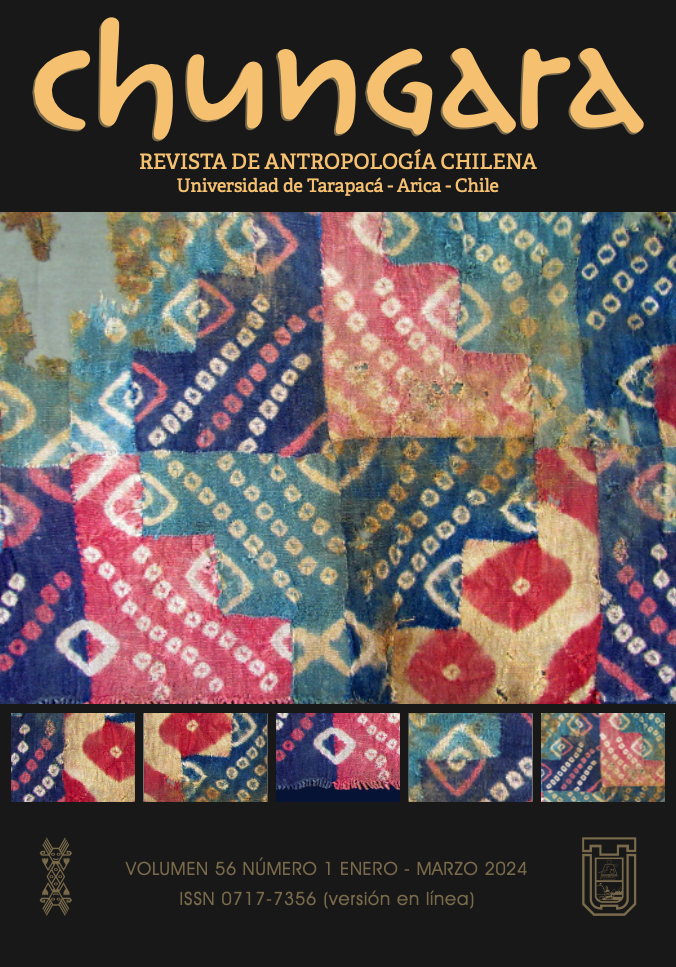FISHERMEN OF THE DESERT: OCCUPATION AND SUBSISTENCE ON THE WEST SIDE OF THE DESAGUADERO RIVER (WEST-CENTRAL ARGENTINA) BETWEEN CA. 1200 AND 400 BP
PESCADORES DEL DESIERTO: OCUPACIÓN Y SUBSISTENCIA EN LA MARGEN OESTE DEL RÍO DESAGUADERO (CENTRO OESTE ARGENTINO) ENTRE LOS CA. 1200 Y 400 AÑOS AP
Horacio Chiavazza, Cristina Prieto-Olavarría, Fernando Hernández, Lorena Puebla, Marcos Quiroga and Jorge Anzorena
This article presents the results of the archaeological study of the PA68 site in the El Quebrachito lagoon, located on a lunette sand dune next to an old wetland of the Desaguadero River (Gran Llanura de la Travesía, west-central Argentina). Based on the results of radiocarbon dating and of ceramic, archaeofaunistic, and lithic material analyses, it is postulated that between ca. 1200 and 800 years BP, during the Medieval Climate Optimum, populations intensified the occupation of the area and of this site in particular. Occupations, within a logistic mobility pattern, around ca. 400 years BP during the Little Ice Age are also recorded. Although strong alterations can be observed in these remains, as they are deposited in the dunes, these do not hinder the interpretation of the process of use of riverside environments with occupations linked to subsistence modes, focused on fishing and technologies, which took advantage of mineral resources in the north of Mendoza, as well as others to the east of the study area.
Tags: settlement, subsistence, West-central Argentina, Desaguadero River, wetland, Medieval Climatic Anomaly







